June 8, 2025 | 12:47 GMT +7
June 8, 2025 | 12:47 GMT +7
Hotline: 0913.378.918
June 8, 2025 | 12:47 GMT +7
Hotline: 0913.378.918
In continuation of the series "The vast Central Highlands and the pain of earth", Dr. Phan Viet Ha, Vice President of Western Highlands Agriculture and Forestry Science Institute (WASI), shared some of his thoughts on the current issues in Central Highlands.
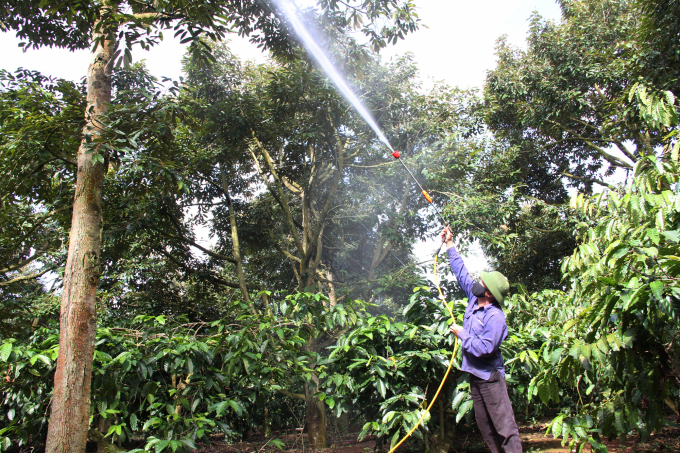
Excessive use of chemical fertilizers and chemical pesticides is one of the reasons why the soil in the Central Highlands is hard. Photo: Quang Yen.
According to studies under the “Central Highlands 3” program in 2016, there is more than one million ha of heavily degraded and very heavily degraded land, accounting for 20.5% of the region's natural area. These are the areas of land where signs of degradation are so vivid that it is difficult to cultivate agriculture normally, including phenomena such as rocky desert, arid land desert, and gravel desert.
The area of land showing degradation at present can be much higher than the figure above. According to the assessment of WASI, most of the land currently under agroproduction, especially in the long-standing specialized coffee and pepper cultivation areas in Central Highlands provinces, is experiencing great changes in physics, chemistry and biology in a negative direction which adversely affects cultivation. The soil changes from weak acidic to acidic and strong acidic, more and more physically hardened. Harmful microorganisms thrive within the soil.
The situation of Central Highlands soil is linked to many reasons: deforestation, removal of natural vegetation, unreasonable cultivation, lack of measures to protect soil, monoculture with long-term industrial crops, excessive use of chemical fertilizers and pesticides, climate change and prolonged drought.
The path leading to the revival of this precious land resource requires harmonious coordination between short-term and long-term solutions on the basis of fully utilizing sustainable and nature-favored agricultural techniques. People need to apply high-tech agriculture, and precision agriculture in the direction of development planning and rational production link.
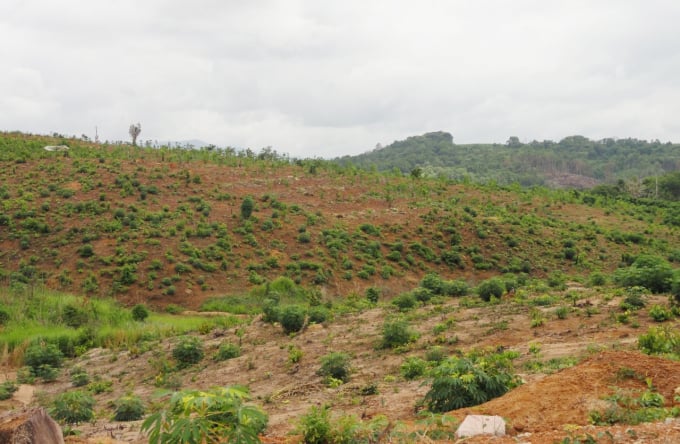
Deforestation and removal of natural vegetation cause degradation of the Central Highlands land. Photo: Quang Yen.
In the long run, competent authorities need to orient the development and planning of agroproduction areas in accordance with the landscape approach on the principles of biodiversity as well as natural and human components in the region being ecologically and economically compatible in production.
In planning, it is essential to focus on large production areas and watersheds instead of administrative landmarks. Each region needs to be comprehensively assessed in terms of soil fertility, ecological conditions, environmental stability, and the current state of hard and soft infrastructure for production. After gathering the data, recommendations will be given to appropriately propose crops/plant groups (intercropping) and farming methods corresponding to each type of soil.
The accompanying technical requirements need to specify measures to protect the soil and prevent erosion such as making earth mounds, ditches, green manure dressings, terraces, arrangement of cropping systems and appropriate crop rotation. For places with a high risk of erosion such as extremely sloping land, the slope tops need planting areas for reforestation and afforestation. The planning should consider all infrastructure for production such as lakes, dams, processing facilities, warehouses, input provision systems, and product trading systems.
The Ministry of Agriculture and Rural Development has a coffee promotion project following the landscape approach for the Central Highlands provinces. This is a very important step for localities in the coordination with specialized agencies and producers at all levels to build sustainable agroproduction models from which they can replicate and expand this direction of land utilization and use throughout the whole region.
In short term, people need to apply integrated crop management (ICM) processes, giving priority to high-tech agricultural techniques, precision agriculture, circular agriculture, and organic agriculture in production. These are the basic foundations for agroproduction to rely on and develop reasonably and flexibly with a specific type of land use. They can enhance the compatibility of production models with local conditions on the basis of balancing production and conservation aspects. At the moment many technological advances have been researched and put into farming practice in the direction of preserving and restoring soil and water ecosystems.
In order for the above measures to be feasible and sustainable, investment in research on technical advances, agricultural extension work, and the promulgation of policies on production management and organization should be further studied and promoted. This movement cannot achieve the desired result without the participation of parties at all levels and a long-term vision toward sustainable agroproduction for the Central Highlands.
Translated by Samuel Pham
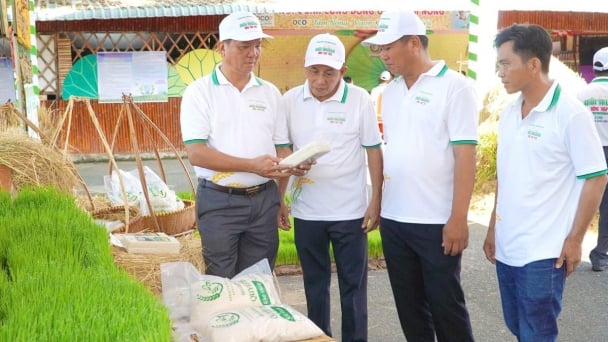
(VAN) Dong Thap has launched a meeting in response to the Action Month for the Environment under the theme 'Live Green - Join Hands for a Green Economy' at Tram Chim National Park.
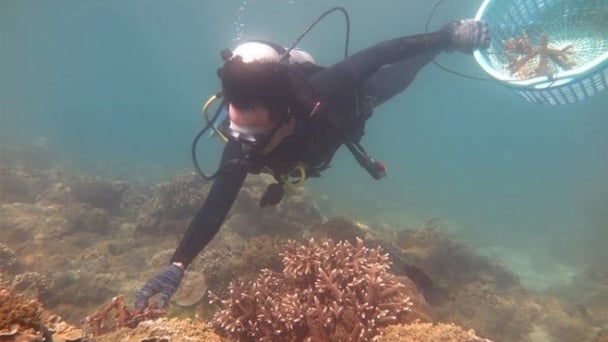
(VAN) The ocean has the capacity to absorb millions of tons of carbon, provided that mangrove forests, coral reefs, and biodiversity are protected.
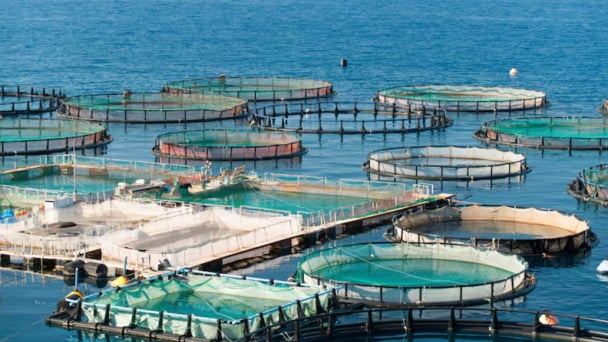
(VAN) Technology is redrawing the map of Vietnamese aquaculture: more modern, greener, and more sustainable.
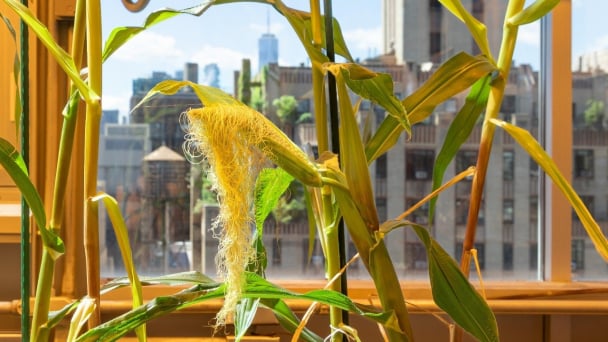
(VAN) Novel process harnesses machine learning to reveal groups of genes that determine how efficiently plants use nitrogen.

(VAN) Several scientists and farmers are experimenting with soil treatment in some key durian-growing regions such as Cai Lay (Tien Giang), Dak Song, Gia Nghia, and Dak R’lap (Dak Nong).
/2025/05/25/4127-3-073637_820.jpg)
(VAN) Thanks to the promotion from an FAO-implemented project, vegetable production in greenhouses in Moc Chau has seen strong development, from 1.5 hectares in 2021 to nearly 50 hectares in 2024.

(VAN) FAO has recently supported USD 140,000 to implement the project 'Risk mitigation human-animal interface risks through disease control initiatives in pig farming.'